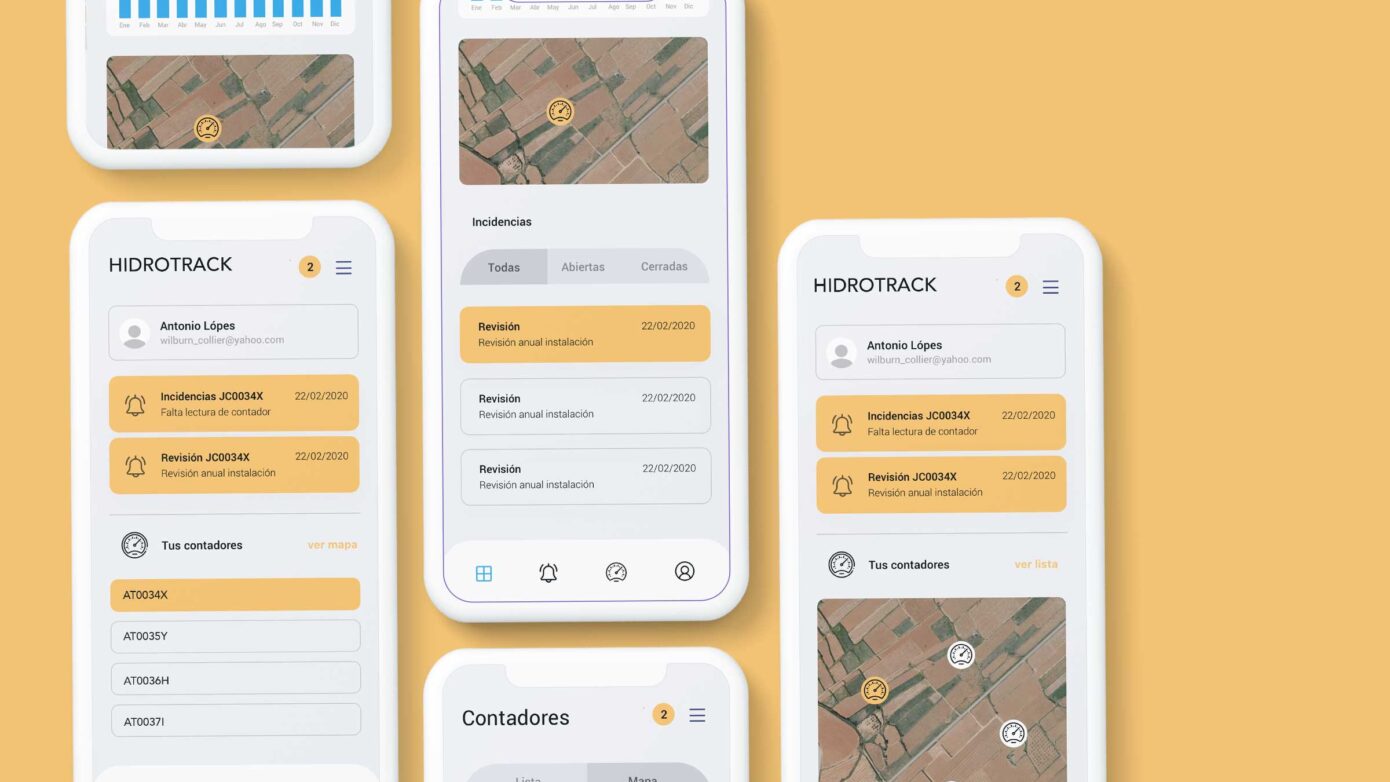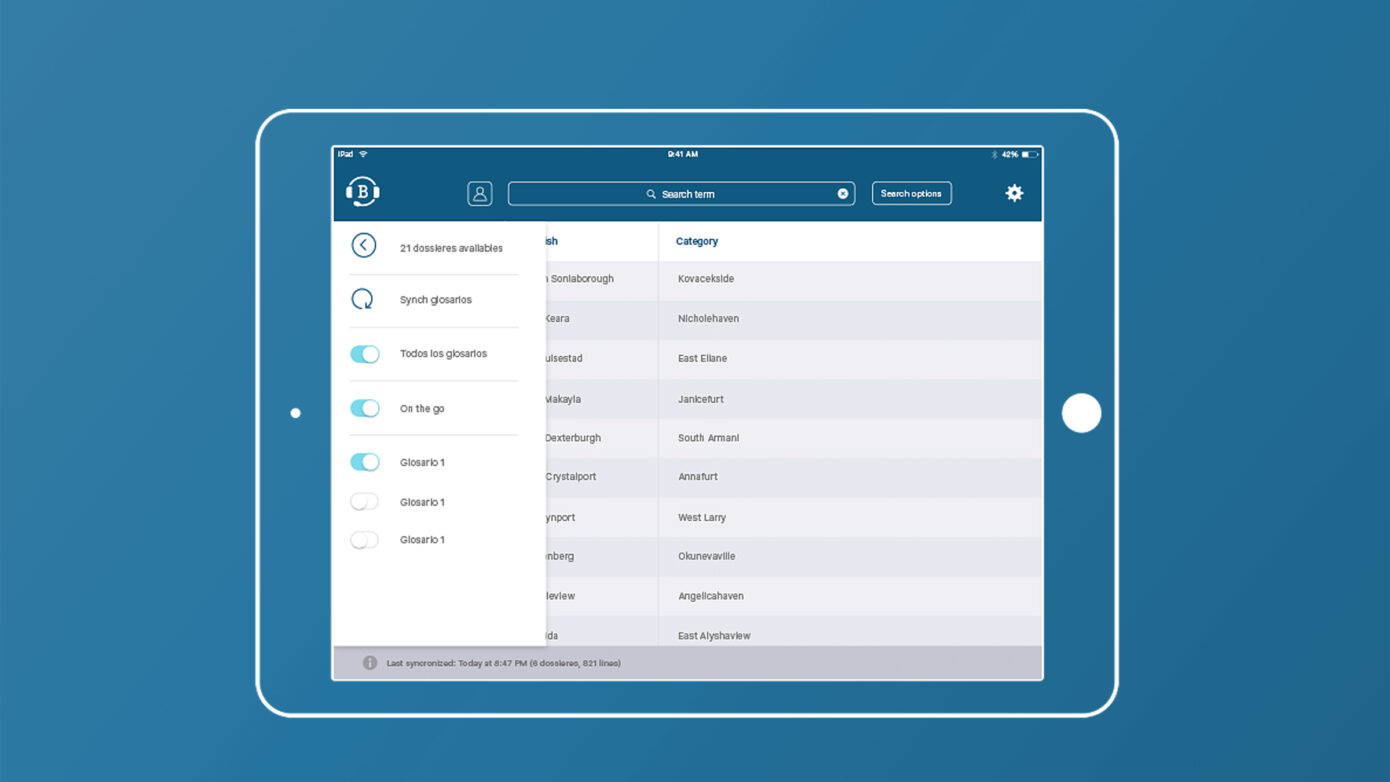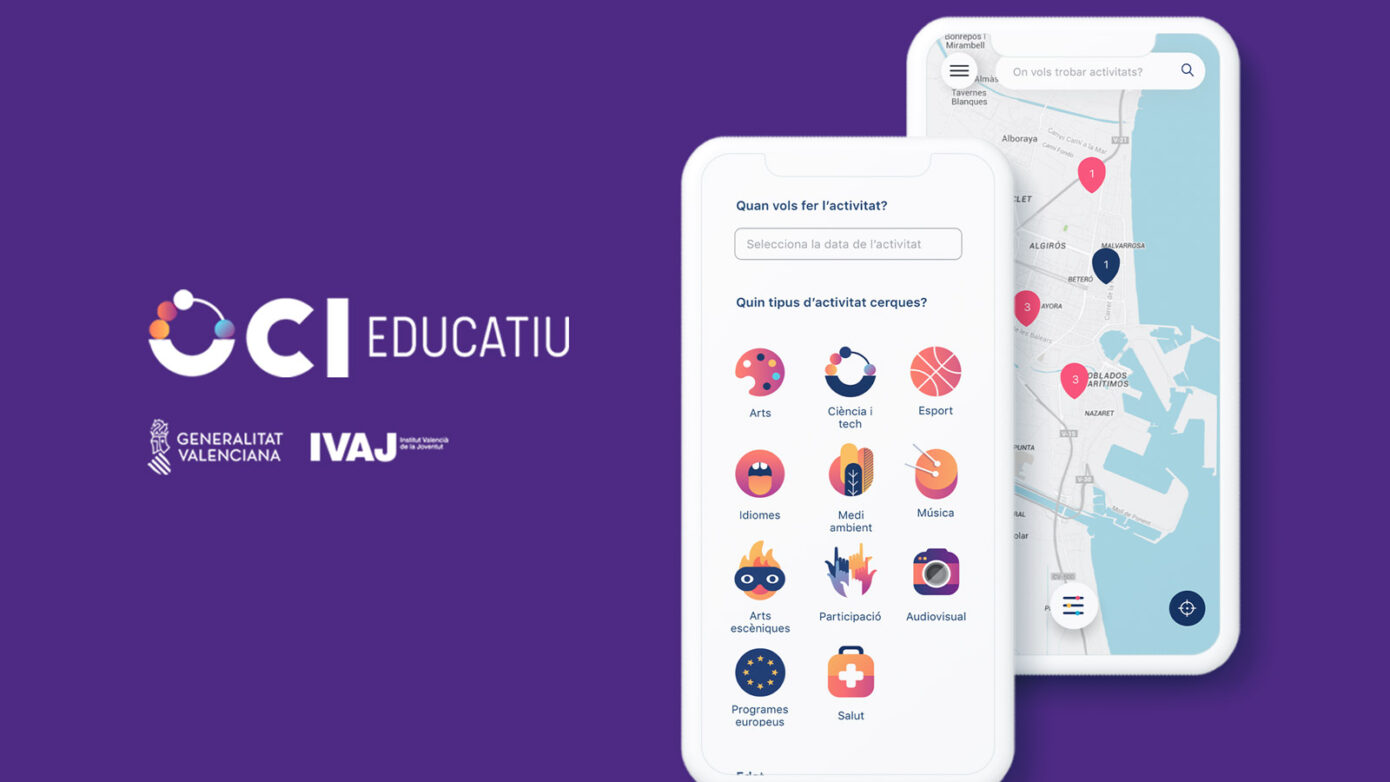Mobile-First and responsible design: technique and ethics
Adopting a Mobile-First and responsible design approach is not only a standard design strategy today — it’s a necessary one. Starting with the device we all carry in our pocket forces us to simplify, focus on what really matters, and optimize the user experience from the very beginning. But of course, the mobile phone’s omnipresence also brings a serious responsibility.
Smartphones are deeply personal; they’re packed with our data and sensors that constantly collect information. That’s why, even if Mobile-First is the methodology, it must always go hand in hand with a commitment to Responsible Design— thinking ethically, prioritizing privacy, and ensuring accessibility. It’s not that one leads to the other by magic — it’s the mobile context itself that makes these principles absolutely essential.
Core principles of responsible design
Responsible design, at its heart, aims to create useful products that respect users and never try to mislead them. These ideas should always apply—but they’re especially crucial on mobile:
Only ask for what’s necessary
The concept is simple: if your app works without a certain piece of data, don’t request it. Collecting the absolute minimum should be the default rule.
Play fair (no dark patterns)
Avoid tactics designed to confuse or pressure users—like hidden reject buttons or complicated cancellations. Transparency and clear choices should always come first.
Clear information and real control
Users have the right to know what data is being used, why it’s needed, and how they can manage it. That means offering plain explanations and intuitive controls—not the usual unreadable fine print.
Design for everyone (accessibility)
Ensuring that people with different abilities can use your app isn’t just a quality standard—it’s basic respect. Ignoring accessibility limits your product and undermines your professionalism.
Why responsibility matters even more in a Mobile-First world
Mobile-First is about adapting design for mobile devices—but the environment we’re designing for demands a stronger commitment to responsible practices:
Mobile is deeply personal
Think about your own phone: it’s always with you, packed with sensors. That makes every decision about privacy or security significantly more impactful.
Trust is essential
Apps handle a lot of our personal information. To feel safe using them, we need to trust them—and trust is built through transparency and respect.
Mobile has real limitations
Small screens, unstable connections, using it while multitasking… These constraints make clear, accessible design even more critical to avoid user frustration.
The danger of interrupting and manipulating
Constant notifications and 24/7 availability can quickly become annoying—or worse, coercive. A responsible design approach uses these tools thoughtfully, only when they add real value.
While Mobile-First pushes us to simplify—and that can be great for streamlining and improving flow—ethical and responsible choices come from the team, not the methodology. It’s a conscious decision that must be part of the culture behind every digital product.
Responsible principles in action
REAL-WORLD EXAMPLES
At WonderBits, we strive to apply these principles in our day-to-day work—and it’s especially evident in our Mobile-First projects.
- OCI Educatiu (Youth engagement platform)
When designing this platform for teenagers, we used geolocation to enhance usability in a meaningful way — without compromising privacy. Working with minors demands extra care, so we implemented strict data protection standards from the start to ensure a safe and respectful experience. - BoothMate (Support for professional interpreters)
BoothMate was built for real-time use in high-stakes environments like conferences. That’s why we prioritized an offline mode — not just for reliability, but also to reduce dependence on cloud services, protecting sensitive user data while still delivering performance. - HidroTrack (Water usage and maintenance management)
This mobile app helps organizations, especially in agriculture, manage water meter readings and maintenance from anywhere. Designed Mobile-First, it offers a streamlined mobile experience, while supporting essential features like user roles, task management, offline reporting, and geo-tagged photos. By focusing on efficiency and data privacy, we ensured the tool was both powerful and respectful.
Design practices that should be left behind
There are still too many design choices out there that actively harm the user experience and damage trust:
-
Collecting more data than necessary, without clear justification
-
Making it difficult (or nearly impossible) to say “no” or opt out
-
Writing privacy policies that are deliberately confusing
-
Requesting sensitive permissions (location, camera) without proper context
-
Bombarding users with constant, unnecessary notifications
A professional, responsible design avoids these tactics — period.
Conclusion: Mobile-First technique, ethical by design
Mobile-First is an effective approach to building modern digital products. But long-term value comes when it’s paired with a clear commitment to responsible design. It’s not automatic — it’s a conscious decision to embed ethics, privacy, and accessibility into the foundation of your work.
For a digital product to truly succeed, it must be useful, easy to use, and above all, respectful and trustworthy. That only happens when you put these principles at the core — from day one.
At WonderBits, we believe technical excellence and ethical design go hand in hand. It’s how we work, and it shows in the projects we build: human-centered, accessible, transparent.
If you’re looking to build a digital solution that works seamlessly and is ethically grounded, let’s talk.
At WonderBits, we combine Mobile-First thinking with a responsible, human-centered design approach.



